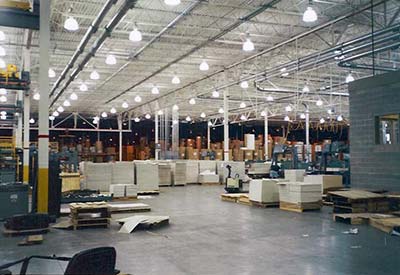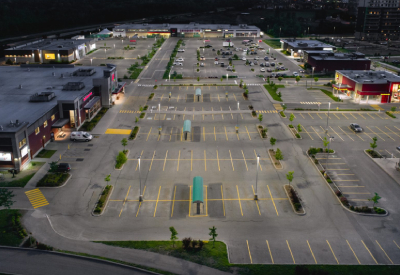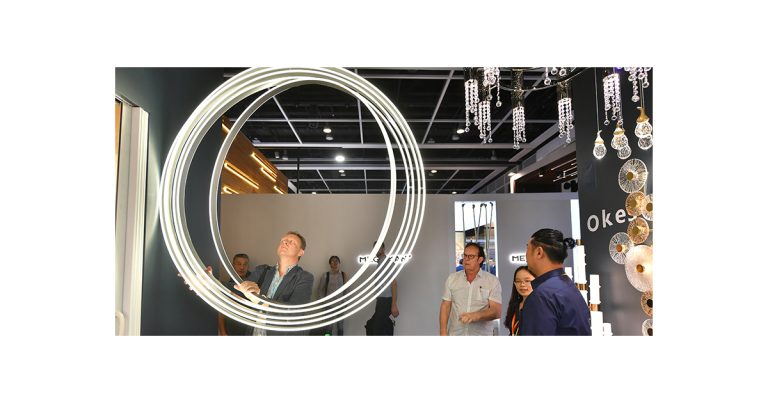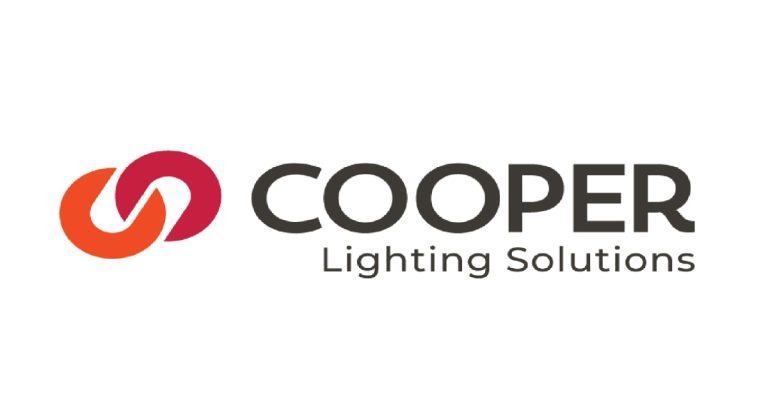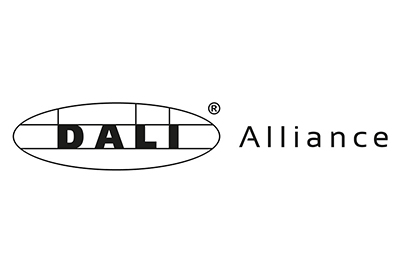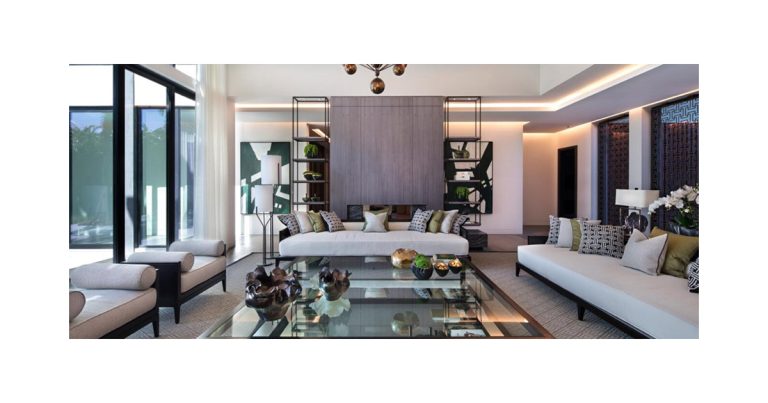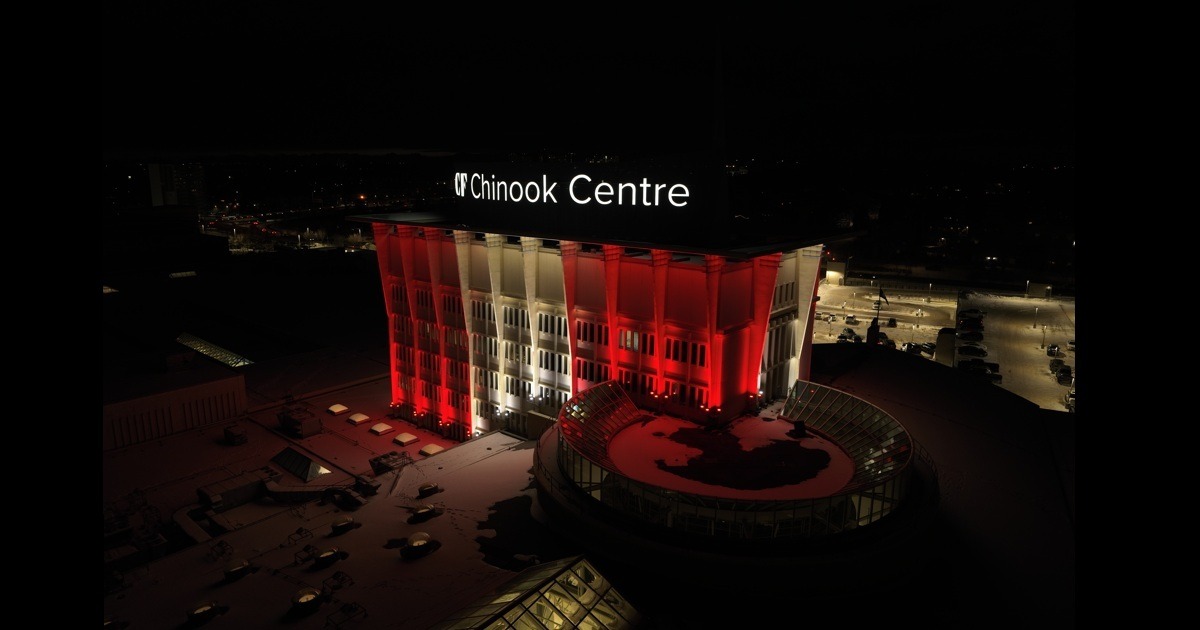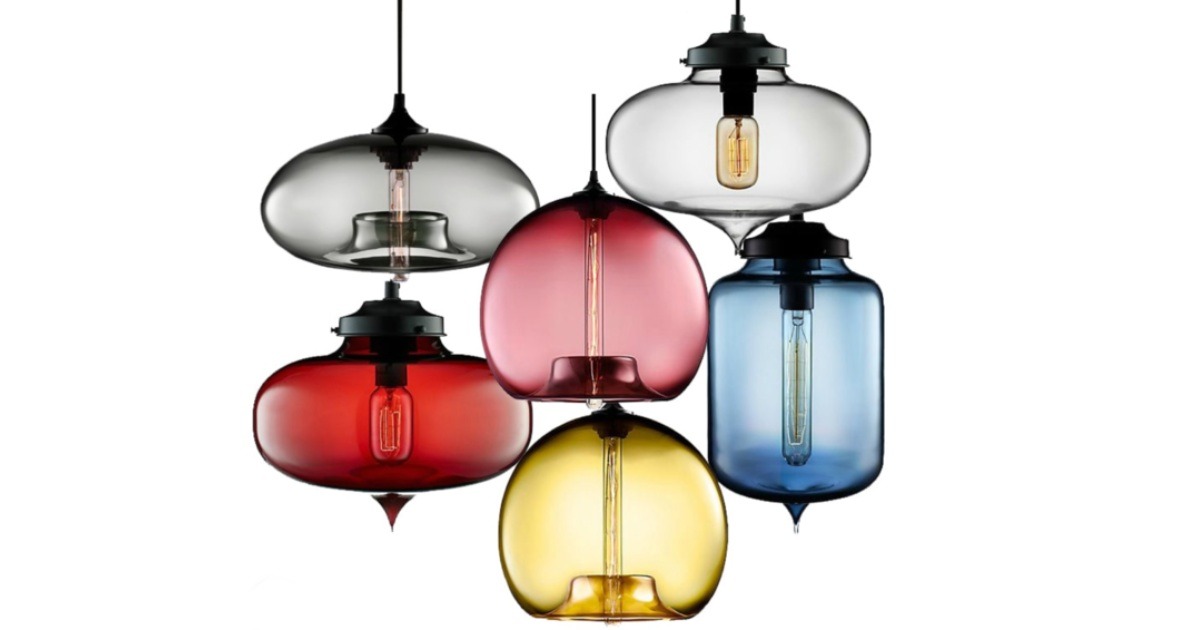EPA and the ABCs of Wind Safety: Calculating the Safest Way to Light Outdoor Areas Using EPA
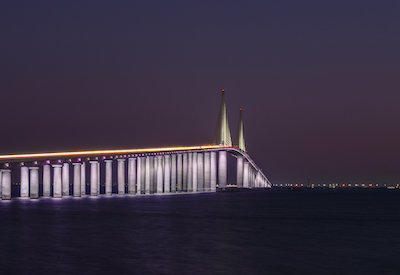
Sept 27, 2020
By Francis Julien, Junior Mechanical Engineer
The design of outdoor architectural fixtures requires the consideration of multiple environmental factors. These include such validations as Impact Protection (IK), Ingress Protection (IP), and tested operating temperatures. Because outdoor architectural fixtures will be continuously exposed to environmental stresses, such as wind, rain, snow, and ice, the most critical design consideration is safety. Outdoor architectural fixtures are typically installed at heights, the impact of wind on such installations is of primary concern. The impact of wind is typically measured in specification sheets by Effective Projected Area (EPA), but this physical property is only the start of a thorough mechanical analysis to assure safe installations. In this article, we will review EPA, how it is calculated, and how to use it to ensure safe design. We will also discuss the importance of considering worst cases, as well as additional parameters to promote a safe standard design.
What is “Effective Projected Area” and how is it calculated?
The Effective Projected Area is a physical coefficient used to evaluate the wind-induced loads expected on a lighting fixture. It is calculated by multiplying the drag coefficient and the Projected Surface Area of a fixture.
The Projected Surface Area represents the visible area of a three-dimensional shape on a flat plane. To imagine this, picture trying to capture the total area of a common three-dimensional shape such as a cone. If a picture of a cone is taken from the front, its Projected Area (visible shape) will be a triangle (A). If the picture is taken from the top, its projected area will be a circle (B). However, these two perspectives together, and viewed at a variety of angles, form a shape similar to (C).
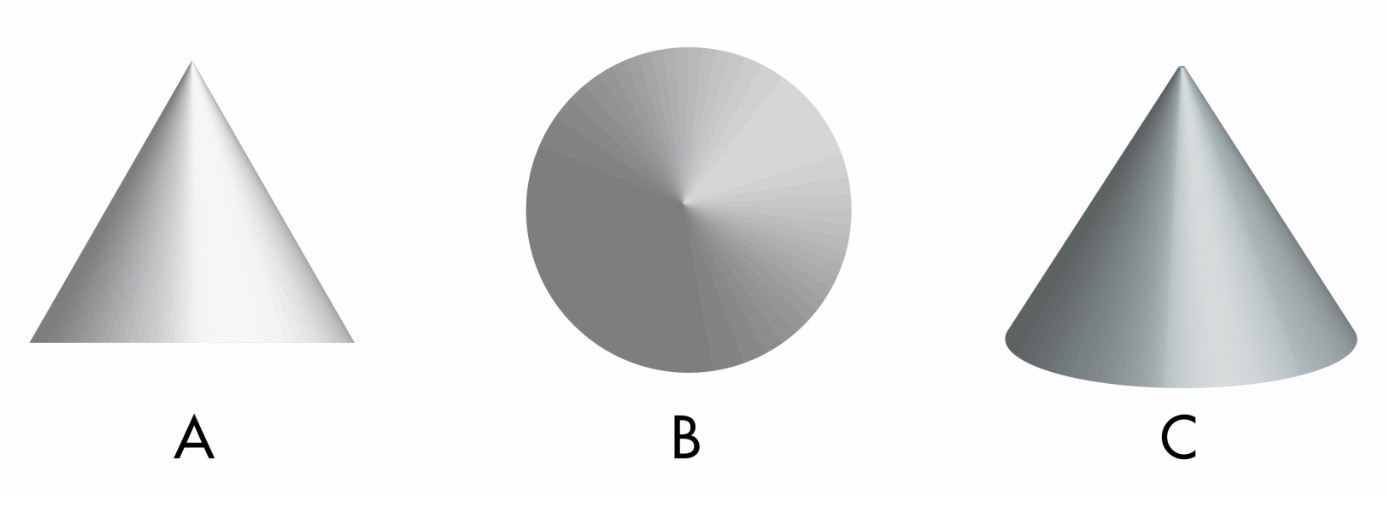
The Drag Coefficient is a dimensionless factor obtained through fluid mechanics analysis that is impacted by many factors such as shape and fluid density (water vs. air), etc. Drag Coefficient reflects how much an object suffers from a drag force when in contact with a fluid (the higher the drag coefficient, the higher the loads from wind). While most common shapes are well documented for air Drag Coefficient, complex assemblies like cars, airplanes, and even lighting fixtures can use advanced simulations to obtain the drag force of the whole object.

How to use the EPA
Once the EPA is properly calculated or relayed via specification sheets, how is it used to assure safe installation? Many standards have been developed from design experience, testing, and environmental data. Good examples are publications such as the [IT]Standard Specification for Structural Supports for Highway Signs, Luminaires, and Traffic Signals[IT] by the American Association of State Highway and Transportation Officials (AASHTO) or the [IT]Canadian Highway Bridge Design Code (CSA-S6-06)[IT] by the Canadian Standards Association (CSA). Although the formulas and coefficients differ from one standard to another, they all consider similar factors. The following section will use the AASTHO standards as an example.
AASTHO refers to wind maps based on many years of compiled meteorological data throughout the United States. For example, wind speeds for Florida are up to 150 miles per hour compared to 90 miles per hour for Kansas. Since this is statistical gust wind speeds for each region, a mounted fixture’s design life is considered within the wind pressure equation (probability of occurrence of highest wind speed). Height is also recognised by adding a multiplying factor to account for the fixture’s exposure in high installations (approximately 1.5 times the wind pressure for a fixture installed at 230 feet compared to a fixture mounted at 100 feet).
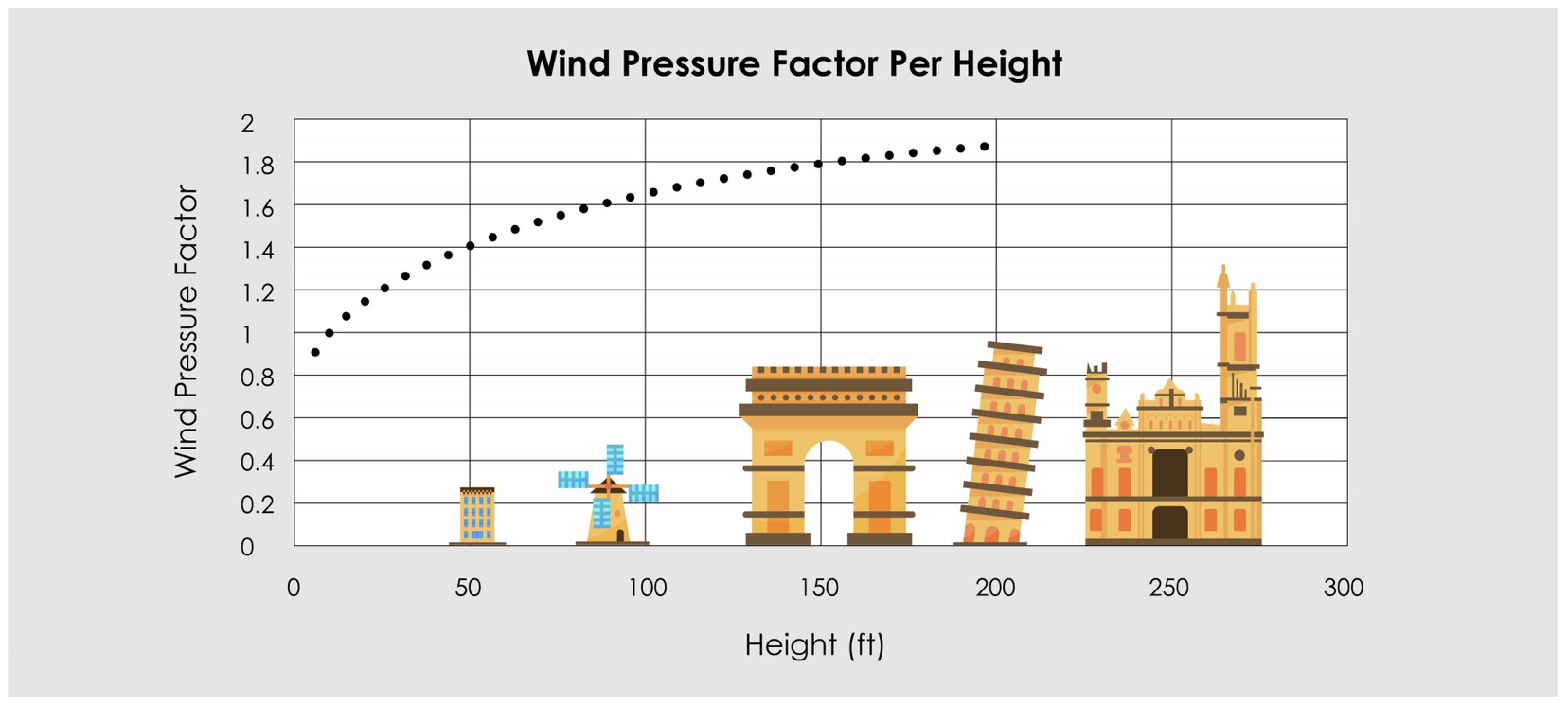
To calculate the wind loads on a fixture, wind pressure is calculated for the installation and multiplied by the EPA. AASTHO also specifies regions in the United States were ice storms must be considered. The weight of possible ice accumulation is added to the fixture’s weight and the calculated wind loads. Structural analysis can now begin by evaluating if the geometry, material, and fasteners can withstand the applied loads. Other standards should be used according to location, such as the CSA which gives wind pressure and ice accumulation for luminaire installations in Canada.
How to design for worst-case scenarios
In the previous section, we discussed how to use local environmental information from AASTHO or CSA to validate a design’s structural integrity. When designing standard products, the location of each installation may not be known, therefore, worst-case scenarios must be calculated to ensure safety in a variety of environments and scenarios. To identify worst-case scenarios, the wind maps/ice maps are assessed to find the highest environmental loads, however, to fully prepare for a worst-case scenario, the actual physical installation must also be considered. As mentioned in the EPA section above, a cone has a different shape with different drag coefficients based on perspective, a luminaire is no different. The worst-case scenario orientations for a fixture is when the fixture has its highest EPA profile directly exposed to the wind. Its profile is combined with its weight and potential ice loads which induces the highest stress of structural components. Different configurations of a product (length, accessories, etc.) must also be considered to identify worst-case scenarios.

More than one orientation is often evaluated as multiple stresses can occur on various sections of a fixture. An absolute worst-case is rarely realistic or obtainable without over-designing the product for standard applications. For example, the wind pressure factor shown in the image above will increase with height. Designing a standard fixture to withstand wind loads at the top of a 100-storey building would require a design that is more than two times stronger than needed for more common applications. The worst-case scenarios must be conservative, yet reasonable. For example, it would not be realistic to evaluate fixtures meant for pole lighting at heights of 650 feet.
After defining the worst-case scenarios and the limitations of fixtures, a factor of safety must also be considered. This safety factor means that the design must be X times stronger than the actual expected worst-case scenario loads. This will take into consideration the possible risks of an underperforming material or exceptional higher loads than expected. A combination of mechanical structural analysis, computer Finite Element Analysis (FEA) simulations, and mechanical/destructive tests are then used to validate that the design maintains the proper safety factor over the specified loads. Standards like AASHTO or CSA often specify minimum required safety factors based on the type of fixture and material used.
Safe installation: is EPA enough?
As previously mentioned, the EPA is provided in most specification sheets for outdoor luminaire fixtures. While a product should only be released once it has been evaluated to be structurally safe, every installation cannot be controlled. The EPA is specified to help third parties evaluate that they provide a safe installation. A manufacturer’s pole guides often refer to maximum weight & EPA for different heights to avoid pole failure. Hardware or wall used to install fixtures on building walls can also be influenced by the EPA and weight. While commonly used and very helpful, the EPA is not always enough to guarantee a safe installation. Some extreme conditions (extreme heights, highly exposed fixtures, vibrations, etc.) can require additional testing or certification or may require a consultation with the supplier to determine a product’s limitations. An excellent example of vibration exposed fixtures is bridge installations. Only vibration-rated fixtures should be specified for bridges because wind and traffic-induced vibration significantly increases stress on structural components and fixtures alike.
The ANSI C136.31 standard, Roadway and Area Lighting Equipment – Luminaire Vibration, defines specific vibration testing to certify a luminaire for “Bridge and Overpass Applications.” Even if wind loads are “acceptable” on a bridge using EPA calculations, a non-vibration rated fixture will cause significant safety risks. This shows the importance of properly selecting fixtures as per certifications and cautions us to not only rely upon EPAs.
The EPAs are calculated following AASHTO standards or using fluid simulation when the luminaire shapes are more complex. While EPAs are published to guide customers during their installations, the fixtures also go through intensive in-house and third-party mechanical and structural testing. It is important to remember that EPA is a coefficient reflecting wind drag on a fixture, during a specific mounting scenario, and not a safety or design limit. EPA is used to determine the amount of stress on a fixture and/or the structure supporting the fixture and is highly dependent on local wind loads. Unique installations with extreme heights, extreme wind speeds, or high vibrational stress should be evaluated following additional standards or structural validation to ensure safe installation.
The future of safety
Lumenpulse is regularly reviewing and researching the most up-to-date standards and discussions regarding the safe mounting and use of outdoor illumination. Lumenpulse designs their products to match the latest standards and ensures the most resilient and secure materials are used in our builds. As climates and testing methods change, so do our designs and security measures. For more information regarding the safest way to mount outdoor luminaires, please contact your Lumenpulse representative or a qualitied engineer of your choice. For more information on mounting Lumenpulse outdoor luminaires on poles, please refer to the Pole Guides located here.
Francis Julien is a Junior Mechanical Engineer with Lumenpulse.
Photo: Sunshine Skyway Bridge – Feinknopf Photography
Published with the written permission of Lumenpulse. It was first published online by Lumenpulse; www.lumenpulse.com/knowledge/lighting-outdoor-areas-using-epa.

